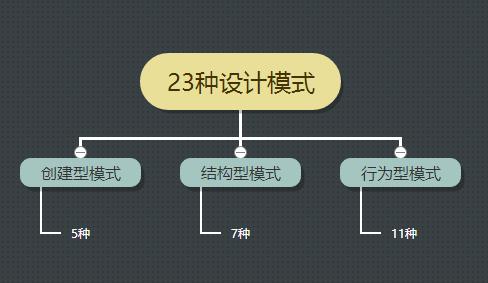Blockchain is a form of distributed ledger technology (DLT) where data is shared among users connected over the internet. Transactions are data state changes on the blockchain that are permanently recorded in a secure and transparent way without the need of a third party. Besides, the introduction of smart contracts to the blockchain has added programmability to the blockchain and revolutionized the software ecosystem leading toward decentralized applications (DApps) attracting businesses and organizations to employ this technology. Although promising, blockchains and smart contracts have no access to the external systems (i.e., off-chain) where real-world data and events resides; consequently, the usability of smart contracts in terms of performance and programmability would be limited to the on-chain data. Hence, \emph{blockchain oracles} are introduced to mitigate the issue and are defined as trusted third-party services that send and verify the external information (i.e., feedback) and submit it to smart contracts for triggering state changes in the blockchain. In this paper, we will study and analyze blockchain oracles with regard to how they provide feedback to the blockchain and smart contracts. We classify the blockchain oracle techniques into two major groups such as voting-based strategies and reputation-based ones. The former mainly relies on participants' stakes for outcome finalization while the latter considers reputation in conjunction with authenticity proof mechanisms for data correctness and integrity. We then provide a structured description of patterns in detail for each classification and discuss research directions in the end.
翻译:在互联网上连接的用户之间共享数据的分布式分类账技术(DLT)是一种分布式分类账技术(DLT)形式。交易是指以安全和透明的方式永久地以安全和透明的方式在不需要第三方的情况下以安全和透明的方式记录在链条上的数据变化。此外,对链条采用智能合同增加了块链的可编程性,使软件生态系统革命化,从而导致分散应用(Dapps)吸引企业和组织使用这一技术。虽然有希望、链条和智能合同无法进入真实世界数据和事件的外部系统(即离链);因此,在业绩和可编程方面,智能合同的可用性将限于链数据。因此,引入了链条链条链条和可编程的可使用性,以缓解问题,并被定义为可信赖的第三方服务,以发送和核查外部信息(即反馈),并将其提交给智能合同,以触发基于链条的外部系统(即离链条)的变化。在本文件中,我们将研究和分析关于它们如何向链条链条和可编程的准确性合同的可提供对链条和可操作性的反馈,从而将最终确定最后的可信度。我们将链条路路路路的评为最后的仲裁,然后将标准用于主要的标签和最后的评为最后的仲裁。我们把链条路的评为最后的评为最后的评为最后的评为最后的评为最后的评分。





